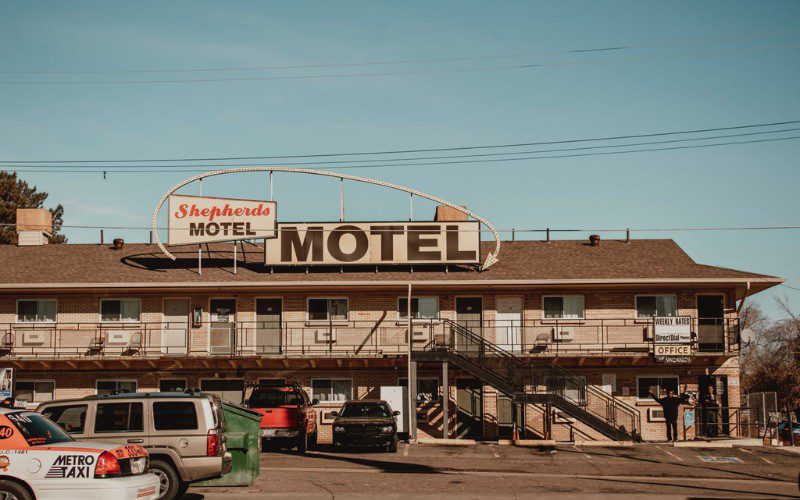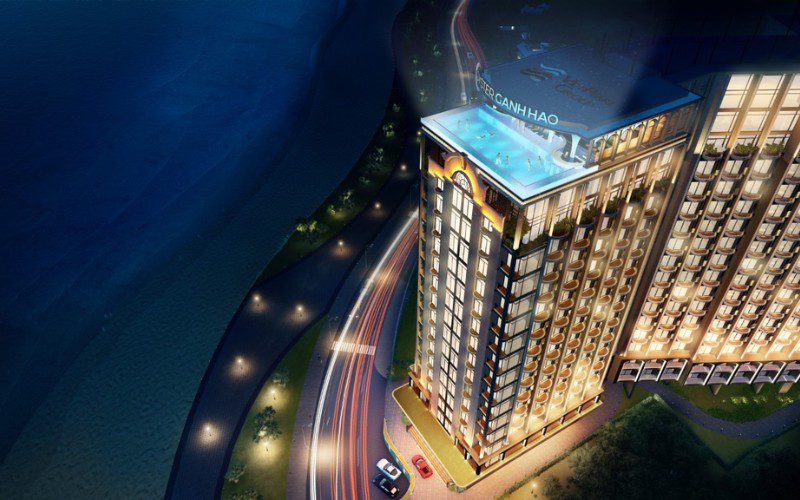We are no longer unfamiliar with the concept of a hotel. However, have you learned about all the different types of hotels? Let’s explore this in detail with Kamereo in the following article!

What is a hotel?
A hotel, or “khách sạn,” is a common type of lodging business worldwide. This model offers a full range of services such as: bedrooms, restaurants, bars, swimming pools, spas, gyms, and conference facilities. Each hotel typically has different room rates depending on its location, size, and level of luxury.
Additionally, most hotels are built in central city locations or tourist areas with full amenities such as cable TV, internet, air conditioning, minibars, and room service. Hotels play an important role in the tourism-lodging industry, catering to the needs of individuals and organizations. This is also a major industry, creating millions of jobs worldwide.

History of the hotel industry
The first inns appeared in ancient civilizations such as Egypt, Greece, and Rome. Merchants and travelers often rested at inns or private homes along trade routes. Churches and monasteries also provided lodging for travelers and pilgrims. Additionally, inns and hostels began to develop in Europe during the Middle Ages.
From the 1880s, the first hotels in Vietnam were established, primarily by the French. After the country’s reunification, Vietnam’s hotel industry began to recover and develop. Today, Vietnam has a diverse and rich hotel system, meeting the needs of both domestic and international tourists.

Standards of hotels in Vietnam
Basic standards for hotels in Vietnam are specified in the National Standard TCVN 4391:2015 on Hotel Classification. According to this standard, hotels are ranked from 1 to 5 stars based on the following criteria:
- Convenient location, easy access, clean and safe environment.
- Architectural design meets standards, with possible use of model designs.
- A minimum of 10 rooms.
- Green space.
- Parking area.
- Dining and drinking areas.
- Administrative areas.
- Full, suitable equipment according to classification standards.
- Clean and safe.
- Standard electric, water, communication, and fire protection systems.
- Basic services such as reception, room service, restaurant, bar.
- Well-trained, professional staff providing courteous service.
- Service quality meets classification standards.
- Sufficient staff for hotel activities.
- Well-trained, professional staff with good service attitude.
- Staff health according to regulations.
- Clean, tidy hotel areas, rooms, restrooms, common areas.
- Standard waste and wastewater treatment systems.
- Disease prevention measures.

Common types of hotels
Today, there are many different types of hotels to meet various needs. Here are some types you might consider:
Hostel
A hostel is a type of budget accommodation for independent travelers, typically with bunk beds. Rooms usually have 2 or more beds to serve guests’ needs. In hostels, male and female guests often share facilities such as bathrooms and kitchens. Additionally, there are common areas like gardens, living rooms, and rooftops for guests to socialize and engage in activities like barbecues and singing together.

Motel
A motel is a type of lodging derived from combining “motor” and “hotel.” These are small-scale, low-amenity, affordable lodgings typically found along highways. Motels are often used as temporary stops for overnight travelers.

Boutique Hotel
A boutique hotel is a small-scale lodging with 10 to 100 rooms, featuring unique, artistic, and impressive designs. A key feature of boutique hotels is personalized service focused on the customer. Staff need to remember guests’ names from the first day of check-in and anticipate their needs to ensure services exceed expectations.

Budget Hotel
A budget hotel is a small-scale, affordable hotel that helps guests save costs. They are usually owned by private businesses or small-scale corporations. Most staff in budget hotels are not thoroughly trained, resulting in a moderate level of service professionalism. Budget hotels are popular choices for budget-conscious travelers like backpackers and students.

Capsule Hotel
A capsule hotel features simple sleeping spaces resembling capsules. Rooms are typically arranged in two tiers and are mainly used for sleeping. Each room is equipped with essentials like a bed, pillow, lighting, fan, alarm clock, radio, and a small TV.

Condotel
A condotel is a term combining “condo” (condominium) and “hotel.” This model blends apartment and hotel features. Condotels often resemble high-end apartments but operate like hotels, usually built in major cities and resort areas. Customers can buy ownership rights and fully use the apartment or participate in rental programs with the developer.

Unit Hotel
Similar to condotels, unit hotels are rental hotel models with profit-sharing agreements between customers, developers, and building managers. The main difference is that condotels share profits based on the value of individual apartments, while unit hotels share profits based on dividend ratios from total revenue.

Serviced Apartment
A serviced apartment is a fully furnished apartment with amenities similar to a hotel. Besides basic facilities, they often include kitchens, washing machines, and living rooms, offering a home-like feel for guests. Serviced apartments vary in size, from studios to multi-bedroom units, including penthouses.

Conclusion
Hopefully, this article helps you understand what a hotel is and the various types of hotels. This is one of the key factors contributing to job creation and the development of Vietnam’s tourism industry. Follow the Business Experience in F&B section for more useful information!
Read more: Types of hotel and resort services from basic to advanced




